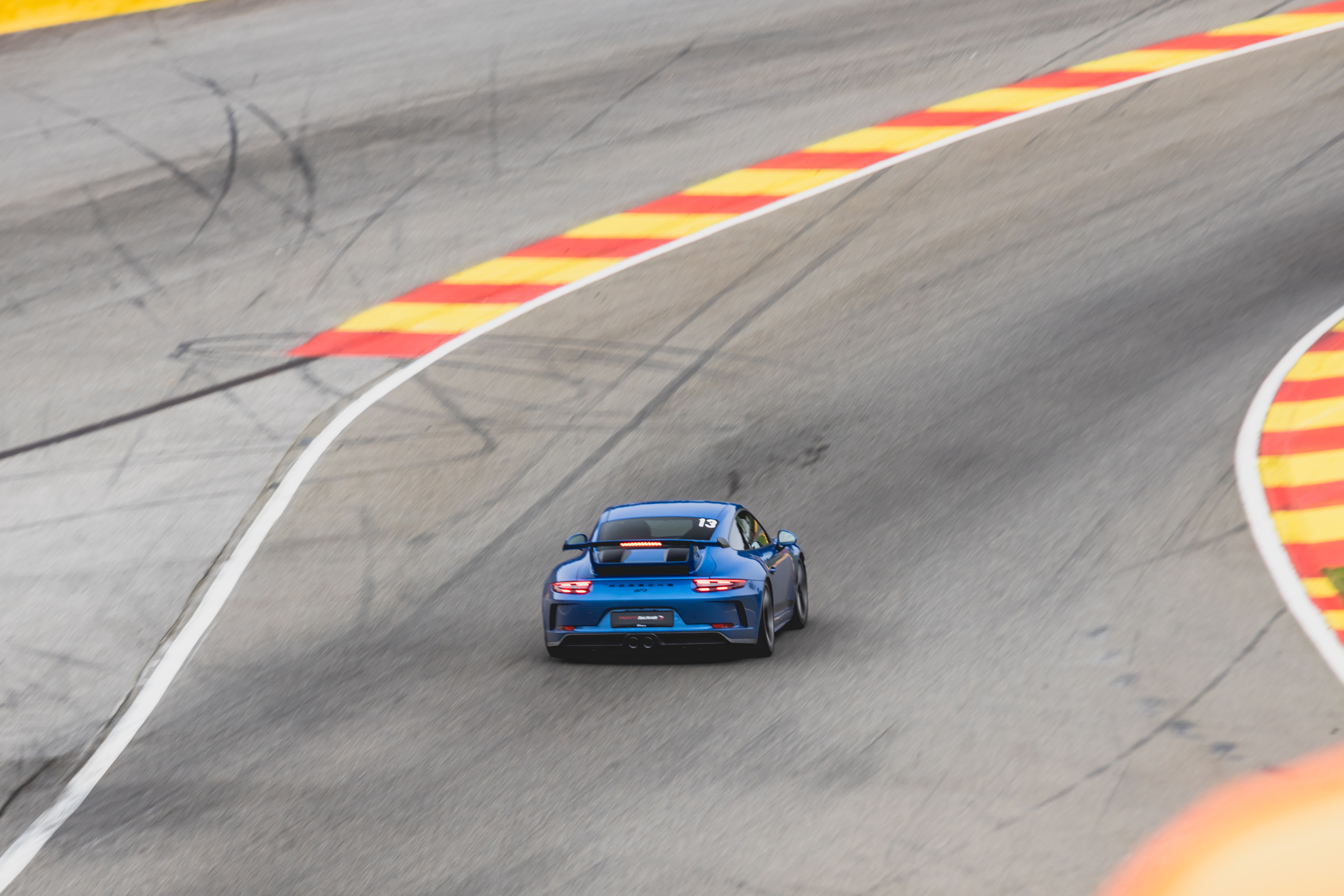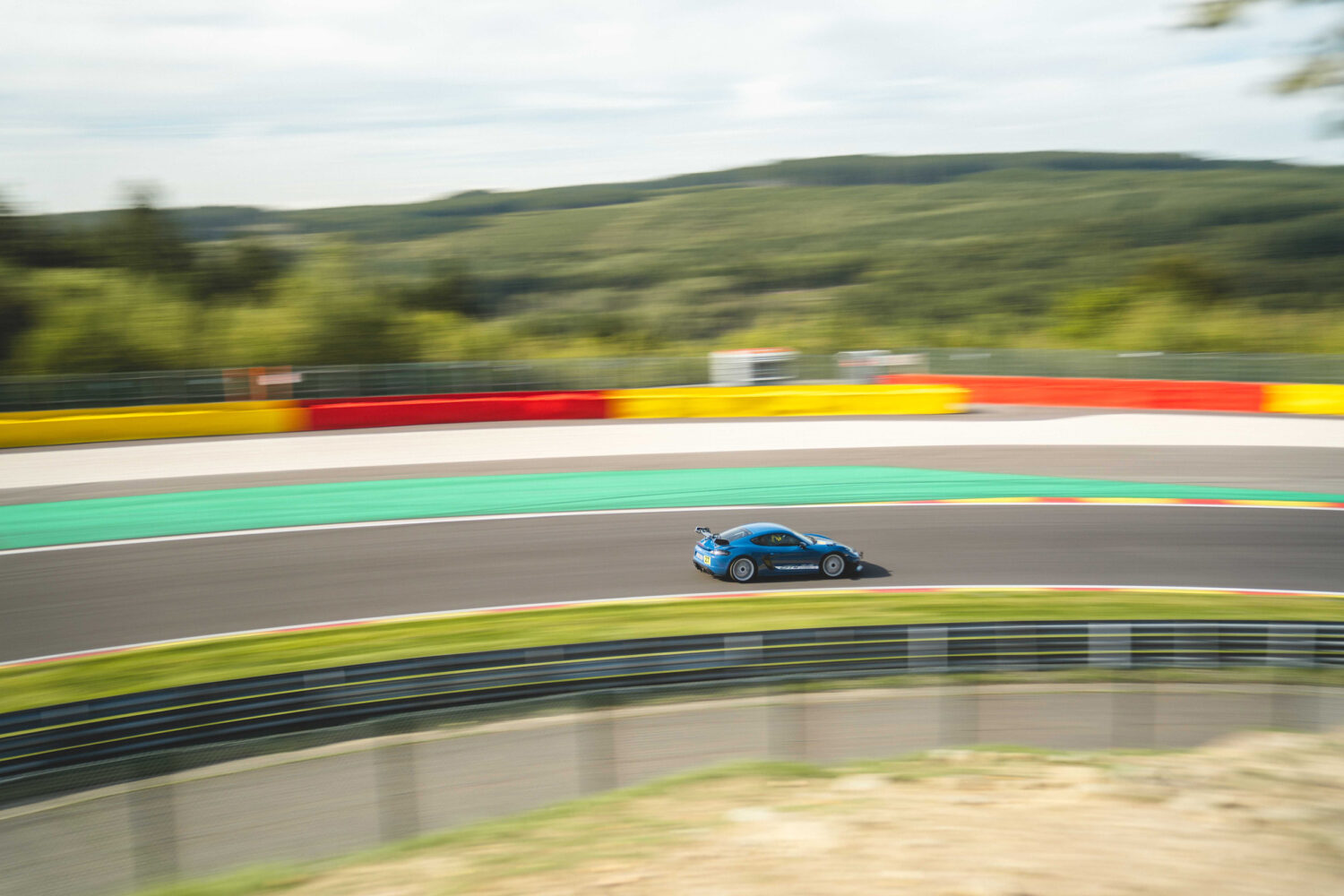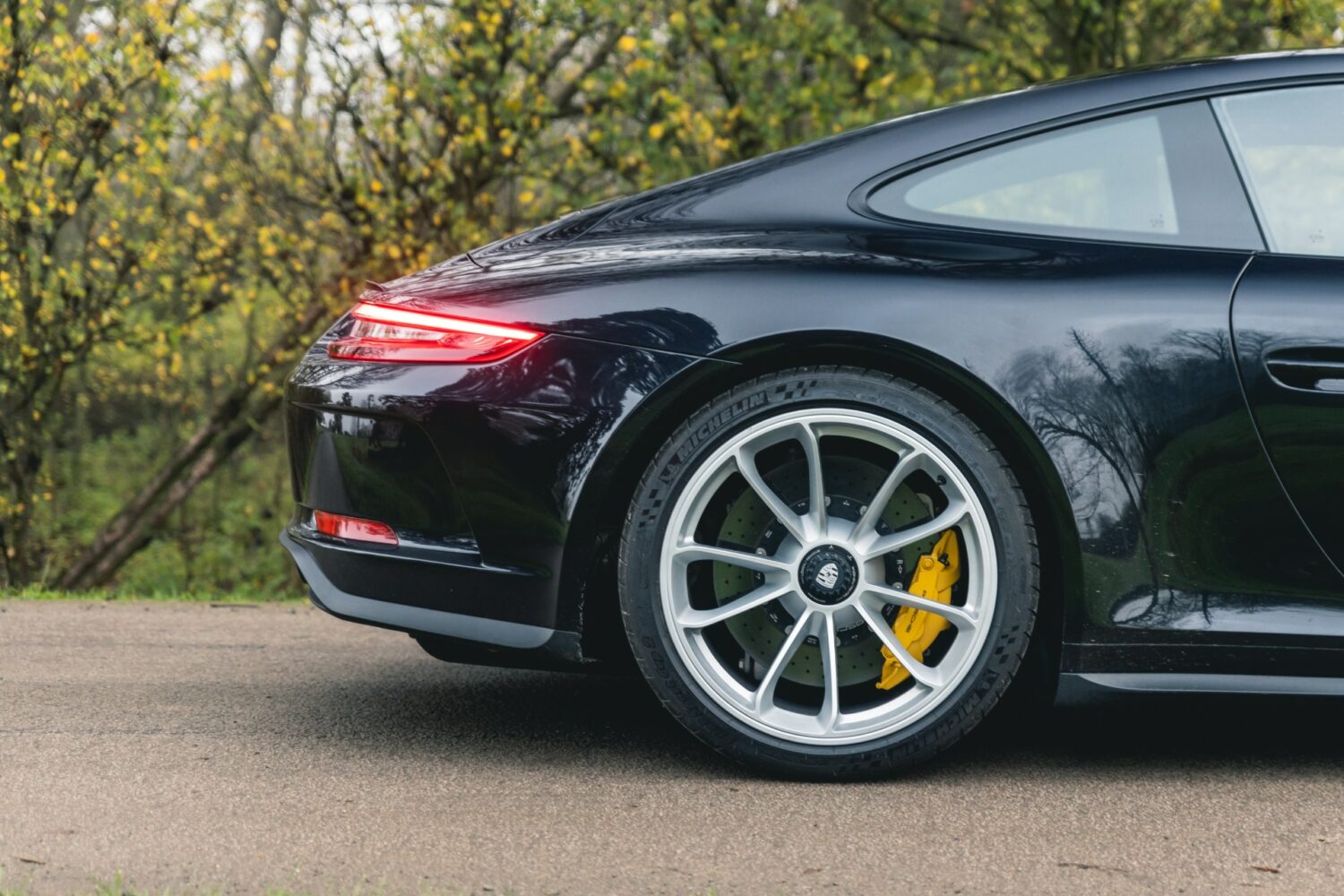
What are over-revs?
Deep breath, this topic is a deep technical one! You could quite easily write a small book on this
topic, so I’ll keep it as short as we can.
On the introduction of the 996 era of Porsches, Porsche introduced a piece of software on the ECU
that records how high the car’s engine has been revved. They did this as it aided Porsche technical
when working out if an engine failure was a warranty claim or user error. Clearly, if an engine is
revved too high, it causes components to be stressed outside their design operating window, which
in turn can cause catastrophic engine failure. Which is expensive and stressful.
Over the years Porsche evolved this measuring system for the 997, 991 and 992. Starting with the
996, the system measures two data points. ‘Rev range 1’ or ‘Overspeed range 1’ (RR1) and ‘Rev
range 2’ or ‘Overspeed range 2’ (RR2.) Simplistically RR1 measures how many times the engine
has hit the electronic limiter that prevents the car from revving too high. RR2 measure how many
times the engine has been revved past the electronic limiter.

How can an engine be over revved in RR2?
Hitting the electronic limiter (within reason, with a warm engine) and recording RR1 is fine and the
limiter is there to prevent engine damage. It is usually set low, as Porsche engines need to be able to
complete 300,000km as part of their durability testing. Over-revs occur typically when changing
down the gearbox and selecting a gear that is too low. In the extreme, if you changed down from 5th
gear to 2nd, instead of 5th to 4 th the combination of the mass of the car moving forwards at a high
speed, weight of the car and big grippy tyres once the clutch is let out and the gearbox engages with
the engine because it is spinning to fast this inertia is transferred into the engine causing
components to be forced to rev higher than they are designed to withstand. It can sometimes cause
the rear wheels to lock resulting in a spin, or sometimes the engine is revved so high the internal
components cannot withstand it and they fail resulting in a ‘blow up.’ More often is that the
‘overspeed’ caused by a premature down change happens for just a small amount of time and
nothing happens.
So let’s look at an example:
Total operating hours of engine 4365
RR1 – 12688 last at 4294 operating hour
RR2 – 131 last at 3364 operating hour
So, the above data shows us this 996 has had 12688 revolutions of the engine in RR1. The last one occurred at 4294 op/hours and 131 revolutions in RR2 the last one at operating hour 3364 op/hours. Using a bit of maths we can work out how long ago each rev banding was triggered:
Calculating when the last RR1/ RR2 occurred:
Total operating hours (4365) minus operating hours the last RR1 occurred (4294) = 71 hours ago.
Using a rough rule of thumb that most cars in the UK on average throughout their life travel at 30 mph. So 30mph x 71 hours would suggest the last RR1 was done around 2130 miles ago.
RR2: 4365-3364 = 1001 hours ago or around 30,030 miles ago.

Back when the 996’s were under warranty, Porsche would allow warranty claims with cars with engine with data in RR1. If a car had RR2 figures, it would need to have been more than 200 operating hours between the current run time and the last RR2 to consider a warranty claim. Their logic is that 200 op/hours is roughly 6,000 miles and that would give the engine plenty of time to manifest any issues if it had been over-revved. Often they would also require a cylinder loss test and boroscope of the internals.
However, given that this ECU system is now over 25 years old we know that isn’t an exact science and the system can go wobbly. Just imagine trying to use a 25-year-old desktop PC that had been driven along bumpy roads for its whole life really really fast in both hot, cold and wet environments! Sometimes the data on these ECU’s is total nonsense and has to be ignored, sometimes it has been corrupted due to cars being jump started and electrical spikes through the car giving erroneous data, sometimes the engines have been swapped and the data on the ECU doesn’t match the car…the list goes on. So assessing the health of a 996 engine purely on this data isn’t possible, for that, we have plenty of other items to check. That’s a post for another day!
The ECU complexity improved onto the 997 with the ‘overspeeds’ being split up into six bands. Effectively rev bands 1-3 were like the old 996 RR1 (up to the electronic limiter) and rev bands 4,5 and 6 were like the old RR2 (over revs.) The extra complexity allowed the ECU to record more exact rpm levels that had been hit for better assessment of the engine’s health. This banding of 1-6 rev ranges continued through both 997.1 and 997.2, 991 and into 992.
SPEAK WITH OUR
TEAM TODAY
If you would like to discuss this topic further, please contact our team on
+44 (0)1296 663 824 or send us an enquiry online.




